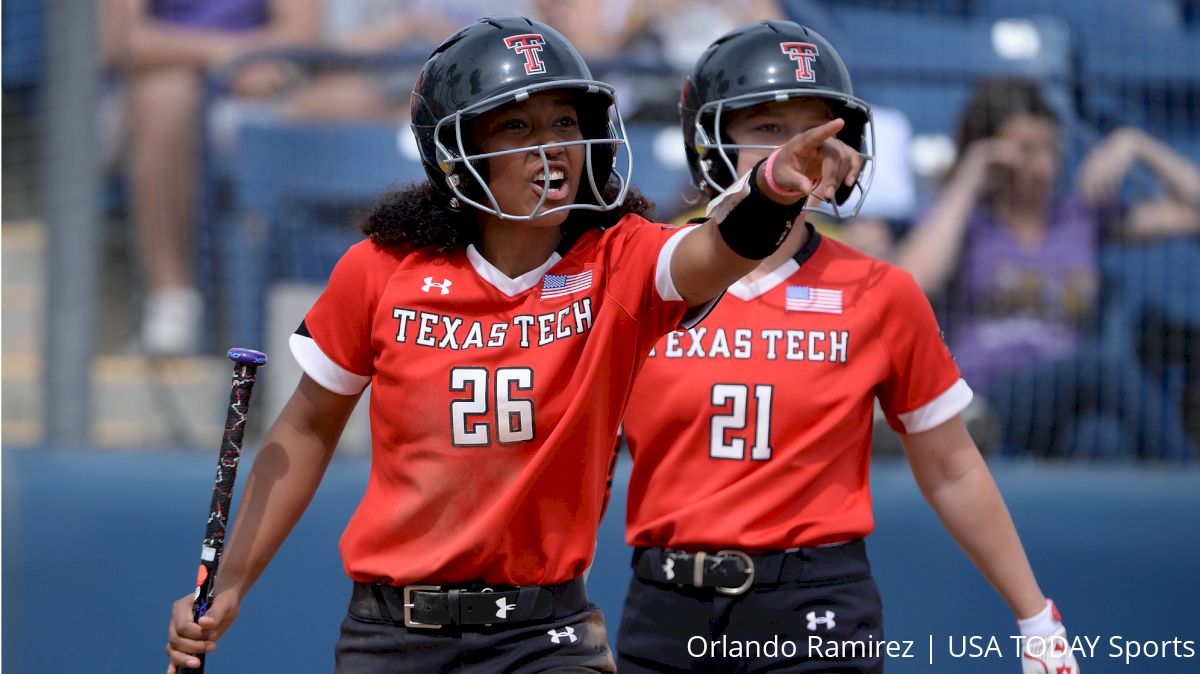Softball Terminology 101
Softball Terminology 101
Becoming fluent in softball terminology, language, and lingo.

Much like any other sport, softball has its own language. Some terms might be stranger than others, but this lingo is just as important to the sport as the game itself. Whether you’re a die-hard softball fan or just catch a game every once in a while, knowing these terms can help you understand the sport even more.
Ball: Yes, there is the actual softball, but a “ball” is a pitch not swung by the batter and thrown outside the strike zone.
Base Coach: Team member or coach in the first or third base coach’s box. They can send signs to the batter and base runners.
Base on Balls: Also known as a “walk”. This is when the batter gets four pitches outside the strike zone.
Bases Loaded: There are runners on first, second and third base.
Batting Average: One of the most used statistics for batters. This is calculated by taking the number of hits divided by the number of at bats. The higher the better.
Bunt: A strategic choice at the plate. Instead of choosing to swing at the pitch, the batter can choose to bunt. They square up to the pitch and hold their bat over the plate to knock the ball down, tapping it into play and slowing its velocity.
Count: Refers to how many balls and strikes the batter has. The count is given in terms of “balls - strikes” i.e. if a batter has 3 balls and 2 strikes, the count is “3 - 2”.
Earned Run Average (ERA): One of the most used statistics for pitchers. This is calculated by taking the number of earned runs a pitcher allows divided by the number of innings they pitched, then multiplied by the number of innings in a game. The lower the better.
Fielder’s Choice: When there are multiple runners on base and options for an out, the defensive player makes a choice while knowing other runners will stay safe.
Fielding Percentage: A statistic used for defensive players. This is calculated by dividing the number of plays or assists handled properly by the total number of chances. Typically, the higher the better, but this doesn’t always truly reflect the player’s range or ability.
Ground Out: An out made by defense when a batter hits a ground ball.
Pop Fly: When a batter hits a ball high and short over infield or short outfield
Sacrifice Bunt: A strategic choice at the plate. The batter intentionally bunts to advance another runner on base in scoring position.
Strike: This pitch lands in the strike zone. It is either not swung at or the batter swings and misses or fouls off.
Strike Zone: The box or area above home plate where strikes are called. The width is the same as home plate and the height ranges from the batter’s knees to their armpits.
Tag Up: When a base runner returns to the base they’re at after a fly ball is caught. Once it’s caught, the runner can choose to advance to the next base.
While these are only a couple of terms out of the softball handbook, hopefully it helps you to understand this great game a little bit better.